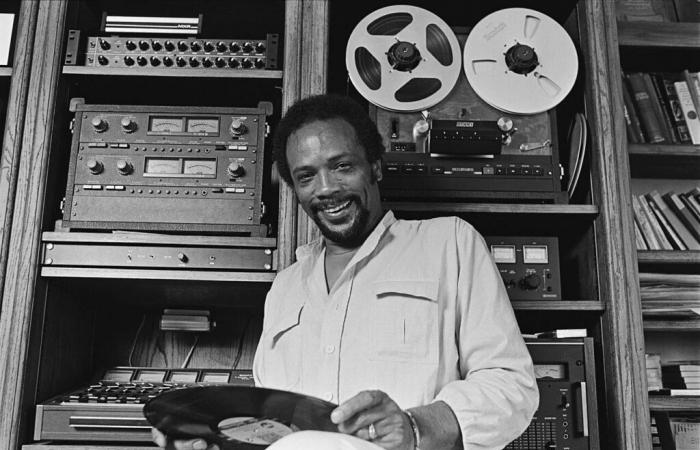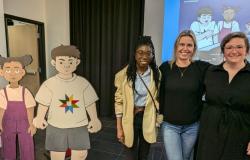
“Quincy Jones had this open-mindedness, this freshness, which he retained throughout his life,” recalls journalist Miles Marshall Lewis. The latter met him at the age of 22 during an internship he was doing at the magazine Vibespecializing in hip-hop culture, which the producer co-founded in the 90s.
From jazz to funk to pop, R’n’B and hip-hop, Quincy Jones has influenced several artists in these different musical genres but also in popular culture. An influence which also extended to the African continent. ” Miriam Makeba was very important to Quincy. He introduced him to Harry Belafonte, the famous African-American actor, in the 1950s.”the journalist recalls. He will also cross paths with artists Hugh Masekela, the South African trumpeter and Angelique Kidjo, of whom he will be the mentor. ” IHe encouraged her at the beginning of her career to mix her African roots with Western musical genres, which was very useful in creating her style, which made her very popular.”
A transcultural and generational heritage
“Do you know where rap comes from? It comes from Africa”whispers Quincy Jones to rapper Kendrick Lamar, in the documentary “Quincy”broadcast on Netflix. For the producer, all African-American musical genres, from gospel to rap, draw their inspiration from the African continent. “The rhythms, the rhymes, go back to Africa, to black folklore. There is a strong oral tradition in black American music: the responses, the praise poetry of the Imbongi, the storytellers cousins of the griots, the oral historians. “he wrote then in his Memoirs (2021).
This will notably inspire his future compositions, particularly from the 70s. For the music of the series The Roots (1977)he will collaborate with two South African artists: the musician Caiphus Semenya and the singer Letta Mbulu and will include instruments such as the kora and the djembe.
He will also include lyrics, in titles that he will produce later, such as Liberian Girlby Michael Jackson or in Zulu, in the album Back on The Block, released in 1989.
This album is the fruit of a mission he gave himself: to educate youth. “Young people must be introduced to jazz: above all, they must understand that all our music comes from the same roots. The strength of African music comes from polyrhythms, responses (…) The different forms of expression should never be dissociated”, he explained in his memoirs.
For this project, it will bring together artists from different backgrounds: the rappers Ice-T, Big Daddy Kane, the singers Tevin Campbell, El Debarge and we will also find Letta Mbulu and Caiphus Semenya and the monuments of African-American music: Miles Davis, Barry White, Ella Fitzgerald, or even Ray Charles, his lifelong friend.





